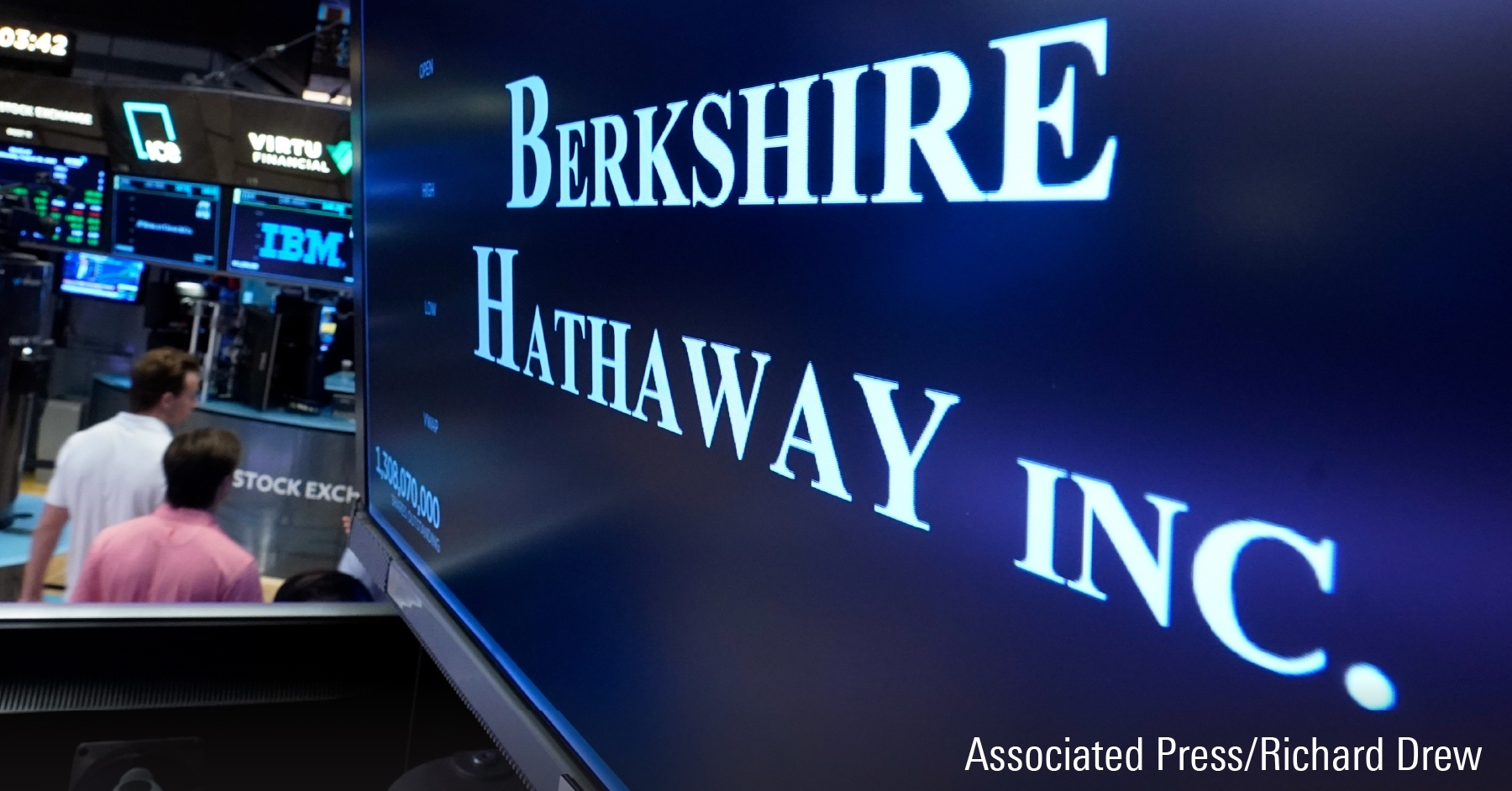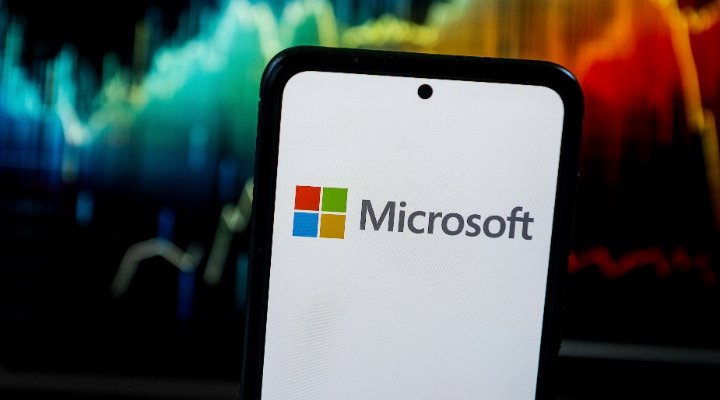We think the most important takeaway from the event is Apple's 99% customer satisfaction rate for the iPhone 6 and 6 Plus, as the iPhone remains the far more important, and lucrative, device in Apple's expanding product portfolio. We continue to view Apple Watch as a product category that will drive incremental revenue for Apple, but more important, will offer especially strong stickiness to the iOS ecosystem that will enable Apple to make repeat sales of high-margin iPhones to these customers over time. We will incorporate Apple’s Watch pricing, product segmentation and launch timing into our valuation model, but we do not anticipate a change to our $120 fair value estimate or our narrow moat rating for Apple at this time.
Given our view of the Apple Watch as an accessory, rather than a stand-alone device, for the foreseeable future, we’re encouraged by the firm’s previously announced pricing on the Watch Sport at $349 for the 38-millimeter version ($49 more for the 42-millimeter device). Pricing of the regular Watch, with a steel case and sapphire screen, of $549 (38-millimeter) and an effective price of $699 and up for any non-Sport band, could still be palatable to early adopters (versus the gold Watch Edition starting at $10,000) while being lucrative for Apple as the various bands appear to be high-margin add-ons to the device. Apple touted several new apps that will be available for the device, and we anticipate robust innovation and developer support in the years ahead in order to appeal to a broad audience.
Prior to Apple’s event, we were projecting the company to sell 8 million watches in the June quarter at an average selling price, or ASP, of $500. Longer term, we were projecting annual unit sales volumes in the mid- to high-30-million-unit range, ASPs falling to $400 per Watch because of price cuts on older Watch models and perhaps a mix shift toward the more affordable Watch Sport, and annual revenue approaching $16 billion by fiscal 2019, making up about 6% of Apple’s total revenue. Under these assumptions, the iPad, Mac, and iTunes/Services will still be larger revenue drivers for Apple than the Watch. We may adjust our assumptions around the Watch, but ultimately, we still view the iPhone as Apple’s most important valuation driver.
Beyond watches, Apple cut the price of its TV to $69 in an attempt to reach a broader audience in the highly competitive over-the-top TV box market, where Amazon, Google, and others are racing to the bottom to provide the hardware needed to run streaming content. Apple’s exclusive deal to stream HBO Now for $14.99 a month appears to be a nice win for the TV business and adds clear differentiation versus other home entertainment device suppliers. Any meaningful traction in Apple TV (beyond the 25 million units sold to date) could provide incremental switching costs to Apple. Meanwhile, Apple’s new MacBook looks appealing and should aid the company’s ongoing share gains in the PC market, particularly the gold-colored MacBook, which may do quite well in China, a region that flocked to the original gold iPhone 5s last year.























